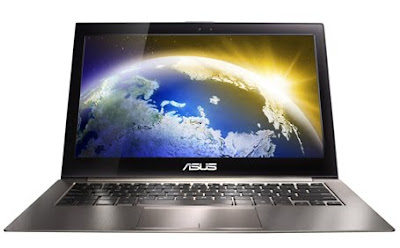Asus Transformer Pad Infinity TF700 is the latest addition to the Asus Transformer family. The Asus Transformer Prime was a success, but the reception problems and malfunctioning GPS are become issues. The new Asus tablet will make everything better.
Asus Transformer Pad Infinity TF700 - Design, processing and display
The Transformer Prime is the first Android tablet with quad-core processor. It impressed not only with lots of power, but also with a sleek design and elegant metal case in the tradition of Asus Zenbook series. However, the developers of sheer elegance apparently neglected the practical benefits - the built-in GPS module is a real problem.
The manufacturer has learned from his mistakes and will make with the new Asus Transformer Pad Infinity TF700 better from the beginning. Therefore, although the majority of the housing is machined again chic metal including elegant concentric circles on the back, however, Asus has the Transformer Pad Infinity TF700 at the top of a narrow plastic strip behind which the antennas for WiFi, Bluetooth, GPS and - in our version - also hide UMTS and LTE. This should fix reception problems. Unfortunately, the plastic is not quite fit perfectly into the metal garb, on closer inspection you realize that it protrudes slightly above the metal in places. This diminishes the excellent overall impression of the Asus Transformer Pad Infinity TF700.
Our Asus Transformer Pad Infinity TF700 weighs about 1.32lbs. Asus uses for his latest top model like with the Transformer Prime an IPS panel, which convinces with particularly bright playback and superior viewing angles. In terms of resolution the manufacturer has increased the resolution to 1.920x1.200 pixels - more than full HD. Thus the pixel density of 149 pixels per inch jumps (PPI) to 224 PPI. Above, there is currently only the third generation iPad with 264 ppi, but the display of the Asus Transformer Pad Infinity TF700 already safely be described as "crystal clear".
The only question that could be the normal user might ask is: Why do you need it? Why does a tablet with 10.1 inch have a higher resolution than the native flat screen TV with more than 40 inches? The answer is as banal as it is obvious: the TV, keep to the right because of the size not two feet away before my eyes. And if you look closely you could predecessor and other devices with 720p resolution apparent in some areas even more pixels - such as icons, such as the back arrow of Android. Whether that justifies a potentially higher price or the need for more processing power, each user has to answer for themselves.



